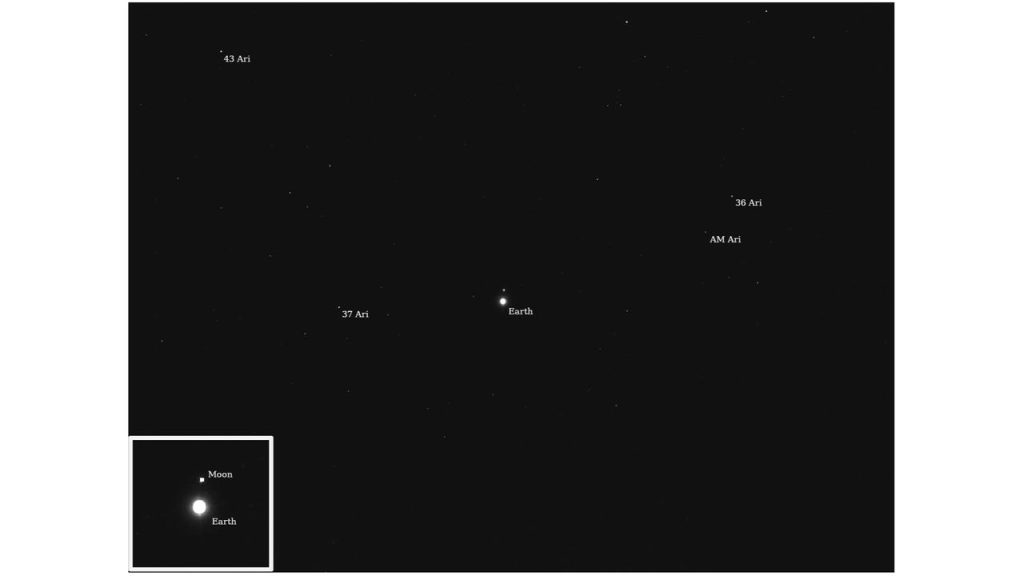Now Reading: 100 Years of Raw Cotton: Tracing Its Legacy
-
01
100 Years of Raw Cotton: Tracing Its Legacy
100 Years of Raw Cotton: Tracing Its Legacy

Quick Summary
- The Department of Agriculture reported cotton receipts in the Madras Presidency between Febuary 1 and August 15 for the crop year 1924-1925.
- A total of 453,467 bales (weighing 400 lb each) were received during this period, compared to an estimated total crop output of 552,700 bales.
- For the same period in the previous year, cotton receipts totaled 356,578 bales.
- Breakdown:
– Spinning mills received primarily pressed cotton amounting to 105,443 bales.- Cotton exports by sea totaled 253,575 bales.
– Imports by sea primarily from Bombay amounted to just 3,293 bales.Read More
Indian Opinion Analysis
The increase in cotton receipts compared to the prior year reflects both growth in production and efficient transport systems during that era within India’s agricultural economy under colonial management. Notably, a meaningful portion-over half-was exported by sea rather than processed domestically at spinning mills. This suggests a reliance on international markets over local industrial use for raw materials at that time.
As an agricultural milestone from past data (1924-25), these figures highlight India’s long-standing role as a major player in global cotton trade despite limited imports domestically (as indicated by negligible incoming shipments). such trends underscore how resources were allocated more toward export revenue generation than promoting localized manufacturing industries further upstream-a dynamic policymakers have as worked on balancing through contemporary initiatives like make In India programs aimed at reducing dependency on external trade while boosting domestic consumption-driven production models.



























